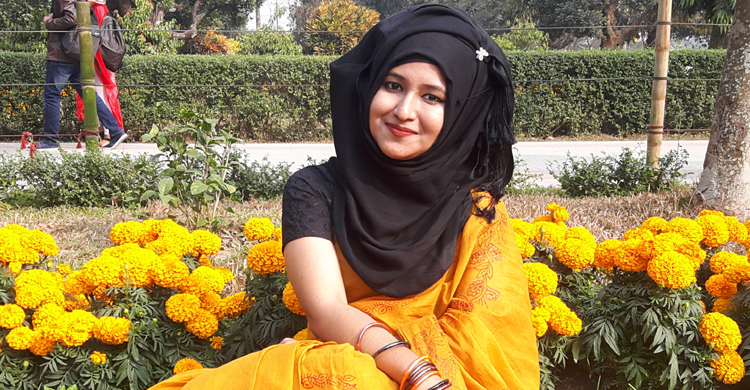Justice for Rape Victims in Bangladesh: A Pipe Dream

Evnat Bhuiyan:
The word ‘Justice’ has become a hallucinating term for the rape victims at present. Tackling the abruptly increasing number of rape incidents seems to be a herculean task for the government. The 2016’s Shohagi Jahan Tonu rape and murder case shook the whole nation deeply and the brutality of the 2018’s Shubarnachar’s Housewife rape case fueled up the public anguish and utter dissatisfaction of the civil society. A statistics of Ain-O-Shalish Kendro (ASK) reveals a total 3,587 number of women as rape victims in the last 5 years. Among them, the number of committing murder after rape is 278. Serious matter of concern is that, 86% of those rape victims are adolescent and children. The study reveals that girl child being 6-12 years old are the random victims of rape. A diametrically opposite scenario, the Police Head Quarter shows, where above 19 thousand cases has been reported within the same 5 years duration of ASK’s statistics, averagely 11 rape cases being reported every day. A research of the Legal Aid Committee of Bangladesh Women Association reveals that, 942 rape incidents have been occurred in January, 2018 where 697 were raped, 182 were gang raped and 63 were killed after committing rape. One of the horrifying statistics have been revealed by Bangladesh Child Rights Forum which shows that 346 children have been raped in January 01 to May 14, this year.
In the year 2019, only 23 occurrences of rape and attempt to rape of the 1st 18 days of January, got media coverage, among which 15 were child and adolescent, many cases are not even being reported or brought to book. 39 girl children have been raped in between April 2 to April 16, 2019 – a survey of the human rights organization, Manusher Jonno Foundation says. Even a 15 year’s old autistic girl was raped in 17th April, in Narayanganj.
The culture of lawlessness, lack of justice and investigational loopholes are the pretext of this alarming rate. The percentage of accused in rape cases is very lowering in comparison to the number of the cases reported. The daily Prothom Alo, after observing the circumstance and progress of trial of almost 5 thousand rape cases of around 15 years (2002-2016), instituted in 5 Nari-O-Shishu Nirjatan Daman Tribunals of Dhaka district, found that only 3% of rape-accused got penalty among those disposed rape cases. Failure of judicial and administrative activism ultimately clicks the fearlessness of the perpetrators. A recent finding shows that, 97% accused of rape get acquittal for many reasons, be it political connection or high social status. Victim’s families are pressurized or threatened or bound to negotiate to withdraw their cases. Many cases don’t even reach to the trial. Moreover, in most of the rape cases, victims are not eager to even knock the door of court and initiate a case because they often face awkwardly attacking questions by the defense lawyer during the trial in our country, which discourage them to seek justice and weaken the mental stability of rape victims creating a traumatised unfavourable court environment for them.
The Prevention of Oppression Against Women and Children Act,2000 enumerates life imprisonment with fine for the commission of rape, death penalty or transportation for life with one lac taka fine for rape following death, rigorous imprisonment or death penalty for committing gang rape and imprisonment of 10 years, not less than 5 years, for attempt to rape- under section 9(i), 9(ii), 9(iii) and 9(iv) respectively. Having no death penalty provision, section 376 of Penal Code,1860 imposes life imprisonment or 10 years imprisonment with fine. Due application of these laws can put a halt to the present scenario of rape victims.
Due compliance with the enactments, ensuring fair investigation, speedy trial, establishment of judicial independence, removal of corruption, stopping excessive focus on the victims’ conduct, social awareness, moral education and if necessary, reshaping the existing penal provisions, can cure the ongoing cancerous situation of the state entirely. One of the most appreciating rules have been formulated by the Supreme Court regarding the recording of statement of the victim under section 22 of the Nari-O-Shishu Nirjatan Daman Ain, 2000 which contemplates that from now, only female magistrates will be assigned for serving the purpose of this section. This splashes a drop of hope for the rape victims in giving statements conveniently without a hesitation. More welcoming approaches might possibly eradicate the stumbling blockades to the quicker disposal of rape cases and might pacify the wounded hearts of the victims throwing shine of justice upon them.
The writer is a student, Department of Law, Jagannath University.

